Bow hunting is a challenging and rewarding pursuit that demands precision and skill. One of the most crucial tools for success is a high-quality rangefinder. This essential gadget helps you accurately determine the distance to your target, allowing for proper aim and increasing your chances of a clean shot.
This article will equip you with the knowledge to select the best rangefinder for bow hunting that matches your needs. We'll explore essential features, delve into top-rated models, and answer frequently asked questions to ensure you make an informed decision.

What are the Essential Features for Bow Hunting Rangefinders?
A rangefinder for bow hunting is more than just a distance measuring device. It needs to be a reliable and accurate tool that enhances your hunting experience. Here are the key features to consider:
- Accuracy:This is paramount. Inaccurate distance readings can lead to missed shots and potentially injure the animal. Look for rangefinders with high accuracy ratings and consistent performance.
- Speed: Quick target acquisition is crucial, especially when hunting moving game. Opt for rangefinders with fast measurement speeds to ensure you don't lose the opportunity.
- Angle Range Compensation (ARC): Uphill or downhill shots significantly impact the effective range of your bow. ARC technology automatically adjusts the distance measurement to account for the angle, providing you with the true horizontal distance. This is an indispensable feature for accurate shot placement.
- Reticle: The reticle is the crosshair or pattern in the viewfinder. Different reticles offer varying levels of assistance. Some reticles may include holdover points for different distances, aiding in aiming. Choose a reticle that suits your hunting style and experience level.
- Range: The maximum effective range of your bow will dictate the necessary range of your rangefinder. While longer ranges are generally better, ensure the rangefinder is suitable for the typical distances you'll encounter during your hunts.
- Durability:Hunting conditions can be harsh. Your rangefinder should be built to withstand rain, snow, mud, and impacts. Look for models with rugged construction, waterproof and shockproof designs.
- Size and Weight:A bulky and heavy rangefinder can be cumbersome in the field. Choose a compact and lightweight model that is easy to carry and handle, especially when navigating through dense brush or climbing into a tree stand.
- Battery Life:Long battery life is essential for extended hunting trips. Consider rangefinders with replaceable batteries or those that offer excellent battery life on a single charge.

How to Choose a Rangefinder for Bow Hunting?
Selecting the right rangefinder involves careful consideration of your individual needs and preferences. Here's a guide to help you make the best choice:
- Budget:Bow hunting rangefinders come in a wide range of prices. Determine your budget beforehand to narrow down your options.
- Hunting Style:Consider your typical hunting scenarios. Do you primarily hunt from tree stands, or do you engage in spot-and-stalk hunts? Your hunting style will influence the features you prioritize.
- Personal Preferences: Consider your own preferences regarding size, weight, ergonomics, and ease of use. Choose a rangefinder that feels comfortable and intuitive to operate.
- Brand Reputation: Choose a reputable brand known for producing high-quality and reliable rangefinders. Established brands often have excellent customer support and readily available replacement parts.
How to Use a Rangefinder for Bow Hunting?
Owning a rangefinder is only half the battle; knowing how to use it effectively ensures success.
- Basic Operation:Most rangefinders are easy to use. Simply point the device at your target and press the measurement button. The rangefinder will display the distance to the target on the screen.
- Practicing with Your Rangefinder: Before heading into the field, practice using your rangefinder to become familiar with its operation and features. This will help you build confidence and ensure you can use it effectively during a hunt.
- Integration with Bow Sights:Many modern bow sights incorporate features that allow you to easily adjust your aim based on the rangefinder data. Learn how to effectively integrate your rangefinder with your bow sight for optimal accuracy.
- Safety Considerations: Always prioritize safety when using a rangefinder in the field. Never point the laser at people or animals. Be aware of your surroundings and ensure you have a clear line of sight to your target.
Best Rangefinders for Bow Hunting: Reviews & Recommendations
Choosing the right rangefinder can significantly impact your bow hunting success. Here are five top-rated options with detailed reviews to help you make an informed decision:

1. Gogogo Sport Vpro GS07CA
Pros:
- Budget-friendly: Offers excellent value for the price.
- Compact and Lightweight:Easy to carry and maneuver in the field.
- Decent Range:Provides sufficient range for most bow hunting scenarios.
- Angle Range Compensation (ARC): Accounts for uphill/downhill shots for accurate distance readings.
Cons:
- Low-Light Performance: May struggle in low-light conditions, potentially affecting accuracy.
- Basic Features: Lacks some advanced features found in higher-end models.
Key Features:
- Range: Up to 1300 yards
- 6x Magnification
- ARC
- Compact and Lightweight Design
- Rubberized Armor for a secure grip
Recommendation:
The Gogogo Sport Vpro GS07CA is an excellent entry-level option for budget-conscious bow hunters. It provides a reliable and accurate rangefinder at an affordable price point, making it a great choice for beginners or those seeking a more economical solution.

2. Leupold RX-FullDraw 5
Pros:
- High-Quality Optics: Crisp and clear images for easy target acquisition.
- Fast Measurements: Provides quick and accurate distance readings, crucial for moving targets.
- Excellent ARC: Ensures accurate distance measurements in challenging terrain.
- True Ballistic Range (TBR):Calculates compensated distances for your specific bow and arrow setup.
Cons:
- Higher Price Point: More expensive than many entry-level models.
Key Features:
- Range: Up to 550 yards
- TBR Technology
- Fast Measurement Speed
- High-Definition Optics
- Lightweight and Durable Construction
Recommendation:
The Leupold RX-FullDraw 5 is a popular choice among serious bow hunters. Its combination of high-quality optics, fast measurements, and advanced features like TBR make it a reliable and effective tool for achieving accurate shots.

3. Sig Sauer KILO4K
Pros:
- Long Range:Offers exceptional range for long-distance shots.
- High-Definition Display:Provides clear and sharp images, even in low-light conditions.
- Robust Construction:Built to withstand the rigors of outdoor use.
- Data Logging Capabilities:Allows you to record and analyze your rangefinding data.
Cons:
- Bulkier Design: May be larger and heavier than some other models.
- Higher Price Point: A significant investment for a rangefinder.
Recommendation:
The Sig Sauer KILO4K is a high-performance rangefinder designed for demanding situations. While its size and price may not be ideal for all bow hunters, it offers an exceptional range and a robust feature set for those who prioritize long-distance capabilities.

4. Vortex Razor HD 4000
Pros:
- Exceptional Optics:Offers the highest level of optical clarity and brightness.
- Incredibly Fast Measurements: Provides nearly instantaneous distance readings.
- Premium Features:Packed with advanced features like HyperScan and HSR (Horizontal Shot Range).
- Rugged and Durable: Built to withstand extreme conditions.
Cons:
- Very High Price Point: One of the most expensive rangefinders on the market.
Recommendation:
The Vortex Razor HD 4000 is a top-of-the-line rangefinder that sets the standard for performance and quality. While its price tag is significant, it offers unparalleled optical performance and advanced features for the most discerning bow hunters.

5. Bushnell Prime 1300
Pros:
- Affordable:Offers a good balance of features and affordability.
- Decent Range:Provides sufficient range for most bow hunting scenarios.
- User-Friendly Interface:Easy to operate and navigate through menus.
- Lightweight and Compact:Easy to carry and maneuver in the field.
Cons:
- Low-Light Performance: May have some limitations in low-light conditions.
- Basic Features: Lacks some advanced features found in more expensive models.
Recommendation:
The Bushnell Prime 1300 is a solid choice for bow hunters seeking a reliable and affordable rangefinder. It offers a good balance of features and performance, making it a practical option for a wide range of hunting situations.
Final Thoughts
A high-quality rangefinder is an invaluable asset for any serious bow hunter. By carefully considering your needs and selecting a model with the right features, you can significantly improve your accuracy and increase your chances of success in the field.
Remember to practice using your rangefinder and integrate it effectively with your bow sight to maximize its benefits. With the right rangefinder and the necessary skills, you'll be well-equipped to make ethical and successful bow hunts, ensuring a more rewarding and enjoyable experience in the field.

FAQs
How much does a bow hunting rangefinder cost?
Bow hunting rangefinders can range in price from around $100 to over $1000. Factors that influence price include brand, features, range, and build quality.
How far can a rangefinder for bow hunting measure?
The maximum range of bow hunting rangefinders varies significantly. Some budget-friendly models may have a range of around 500 yards, while high-end models can measure distances exceeding 2000 yards.
What should I look for in a rangefinder for bowhunting?
When choosing a rangefinder for bow hunting, prioritize accuracy, speed, angle range compensation (ARC), and durability. Consider your budget, hunting style, and personal preferences to find the best fit for your needs.
How accurate are rangefinders for bow hunting?
Modern rangefinders are highly accurate, with most models capable of measuring distances often within ±1 yard. However, factors like atmospheric conditions, target reflectivity, and operator technique can influence accuracy.

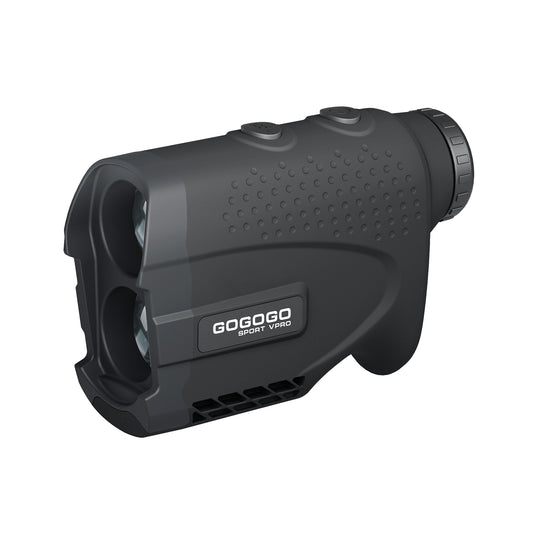
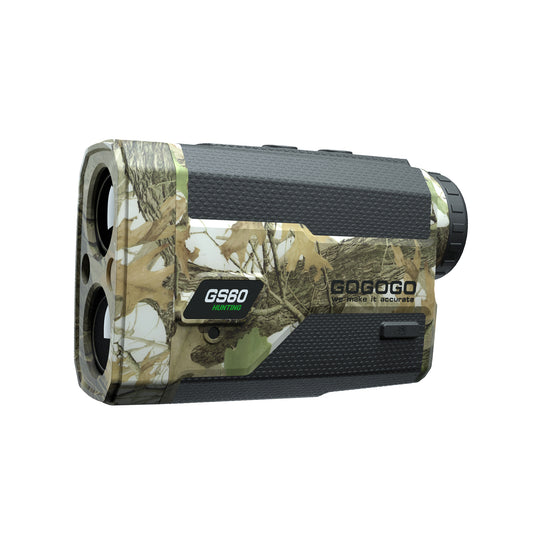
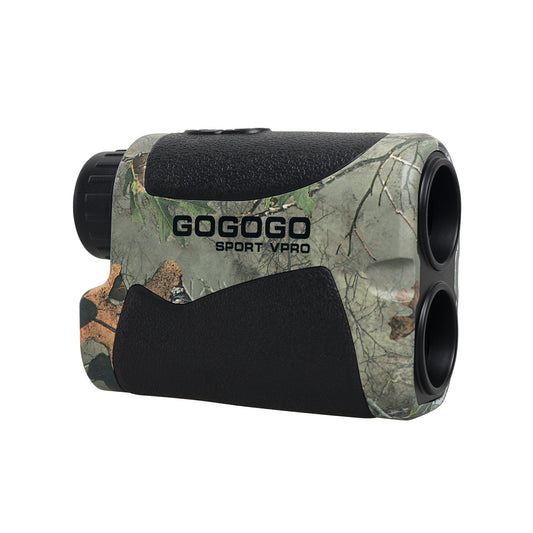

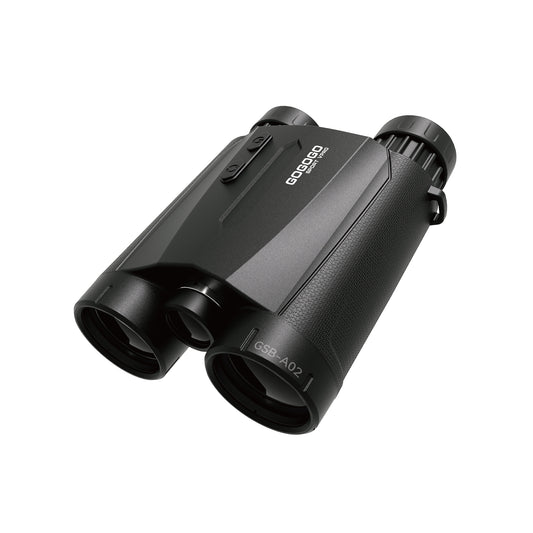
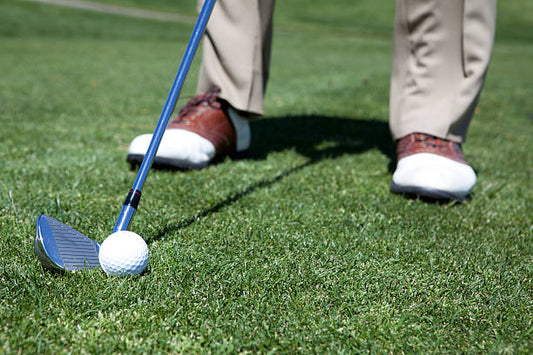
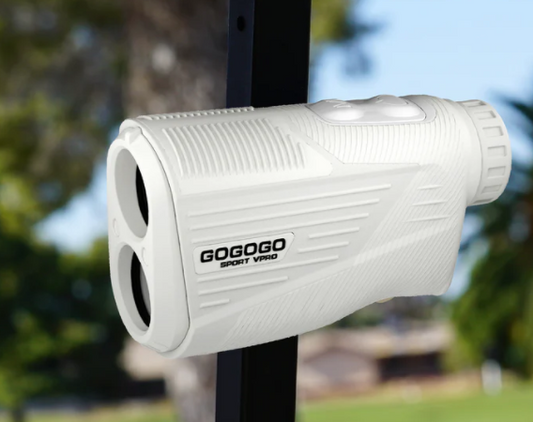

![[2025] The Ultimate Guide to Pinseeker Rangefinders for Golfers](http://gogogosport.com/cdn/shop/articles/gogogo_sport_vpro_pinseeker_rangefinder.png?v=1757993796&width=533)